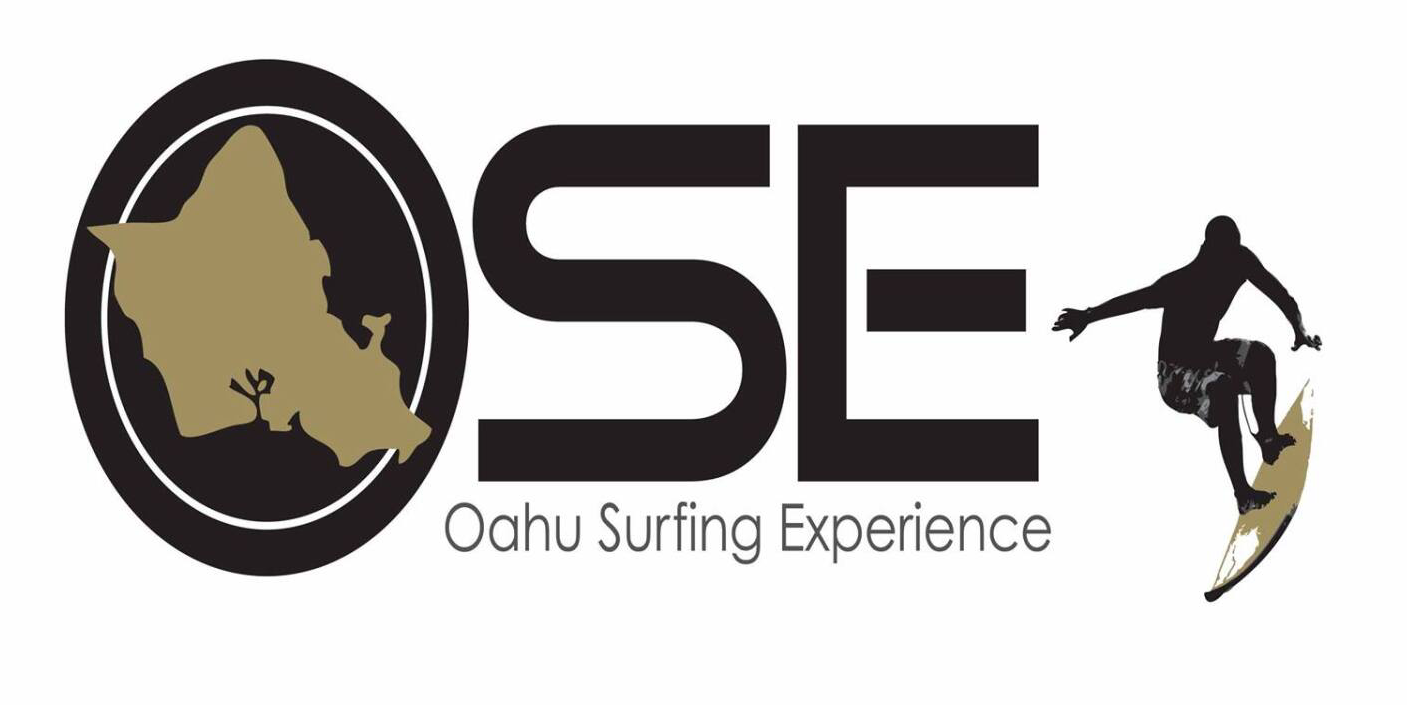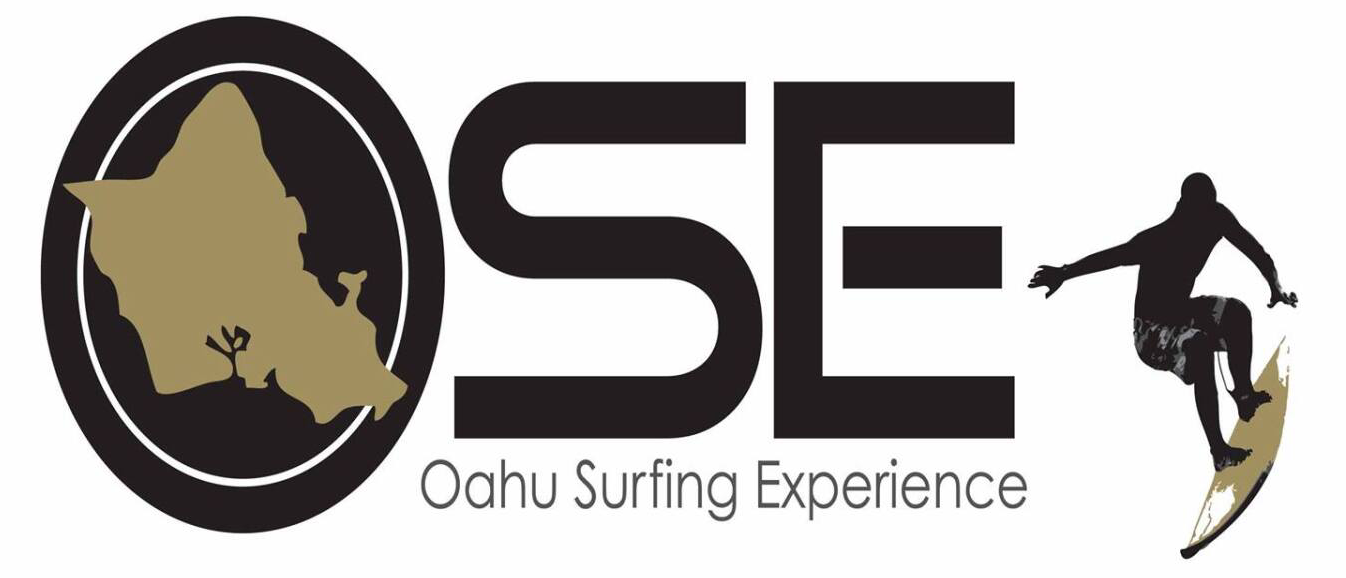basic concepts behind a surfboard
For some inductees into surfing, entering into that vast expanse known as the ocean, can be extremely intriguing. If we add some basic concepts behind a surfboard that, in reality, can help act like a (PFD) Personal Floatation Device and is your thrill craft, we should be able to help alleviate your mind from completely blowing. Here below are some of the basic concepts behind a surfboard.
tamayo perry checking hi boards for dings
blank : The starting block from which a surfboard is created, usually made of some type of foam chemical, then covered in fiberglass and resin. (Epoxy resin is now used in some modern day board design.)
deck : The top surface of the surf board where you rub on your coat of wax. The deck is also the side of the board on which you stand, and wax is to give you gecko like grip. If you ever have an opportunity to meet a surfer from New Zealand, get them to say deck. These antics can provide you for some great entertainment.
ding : A dent, hole or shatter on the surface of the board resulting from accident or generally from pure negligence. This kind of damage, depending on the severity of the ding, can result in sea water soaking into your board, further causing weakness and more susceptibility for your equipment to snap and break. Dings can be very frustrating for a surfer, especially if I wasn’t done by you and it’s the other guys fault. What’s of further frustration, is that if you don’t know someone extremely good to fix your ding, a poorly fixed broken fin can result in the board being utterly useless.
tamayo throwing spray with the right fins
Fin or Fins : aka~ skeg or skegs are single or multiple blade like objects that are mounted to the bottom side, tail end of your board. Fins come in many shapes and sizes but the general look is like an upside down dorsal fin of a dolphin. Fins are used to improve directional stability and control through foot-steering. My personal favorite fin systems are future fins http://www.futuresfins.com/en-us/
fin cluster : another way of say, “at the fins” or “where the fins are located”.
Leash : A safety cord that usually has two velcro ends on either side of it. One end being attached to the back of the board, in a place better known as the leash plug, and the other end which wraps around the surfer’s back ankle. This safety device is used so that the board stays near by when you have a fall. It also keeps your board from flying around the line-up like a dangerous projectile seeking to spill blood.
the coveted leash string
Leash string : The ever so critical leash string. One of the most simple, yet critically overlooked piece of surfing equipment. They get lost. People borrow them (never to be returned again). Some folk just blatantly steal them off your board. This is one highly coveted piece of surfing equipment. Bottom line is, you always need one. The leash string should stay permanently fastened to the leash plug for quick an easy access.
Nose : The top or the tip of the board. (opposite of the tail and the fin cluster)
Quiver : A surfer’s collection of boards. Different sizes and different shapes of boards are used for different kinds of waves. I often say, having the right tool for the right job.
enjoying the moment
Rails : The side edges of the surfboard. The thickness or thinness of the rails can determine the performance of your board and how well it paddles.
Rocker : Rocker is how much or how little ark or bow is in the surfboard blank, and rocker runs from nose to tail. Rocker can majorly affect the way your board paddles and how well it takes late and critical drops.
Tail : The back end of the board. (opposite of the nose or tip of the board)
tail pad : To use or not to use a tail pad is the great debate. If placed right, tail pads are great for finding the sweet spot of your board very quickly. It gives you an automatic reference point on where to place your back foot, almost immediately. The problem is that you can rely on the pad too much and not be as flexible to changing and adapting to what the wave actually has on tap for you. Sometimes it’s not always good to be stuck in stance. I prefer to use tail pads on my short boards, then all the way up to about a 6’10”.
surfing in town
Wax : Specially formulated surf wax that has different formulas for different water temperatures, that is applied to the upper surface of the sleek, glass like surfboard, to increase the traction so that the surfer’s feet do not slip off of the board. Don’t forget to scrape your wax from time to time. After the wax on your board melts from a hot day in the sun, even though it may cool and harden again, the wax can become slippery and actually start to flake right off.
If you care to discover more about basic concepts behind a surfboard and the whacky and wonderful world of “Surf Culture”, feel free to surf the net. Some of this information came from
Or
rinse your equiptment this step is very important
You can gain a great wealth of knowledge in the world of surfing by signing up with www.Oahusurfingexperience.com . Surf Lessons that are priceless. Within just one session with OSE , you’re sure to walk away with a huge leap in confidence and the right tools to keep you progressing forward in your surfing game. Oahu Surfing Experience also offer guided SUP Tours (Stand Up Paddle) to remote and breathtaking locations. The most unique service we have on offer is exclusive mother/daughter mermaid photo shoots during the sunset hours on the beautiful North Shore of O`ahu, Hawaii. Book now for we have only limited opportunity.

















